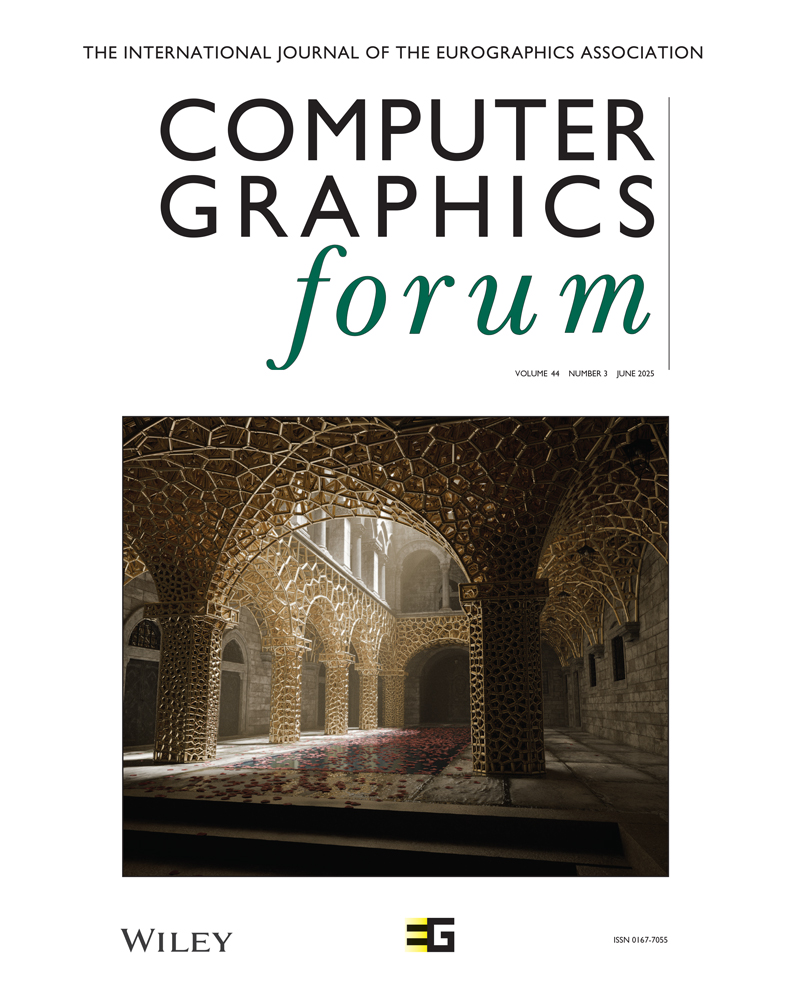Skeleton-Intrinsic Symmetrization of Shapes
Abstract
Enhancing the self-symmetry of a shape is of fundamental aesthetic virtue. In this paper, we are interested in recovering the aesthetics of intrinsic reflection symmetries, where an asymmetric shape is symmetrized while keeping its general pose and perceived dynamics. The key challenge to intrinsic symmetrization is that the input shape has only approximate reflection symmetries, possibly far from perfect. The main premise of our work is that curve skeletons provide a concise and effective shape abstraction for analyzing approximate intrinsic symmetries as well as symmetrization. By measuring intrinsic distances over a curve skeleton for symmetry analysis, symmetrizing the skeleton, and then propagating the symmetrization from skeleton to shape, our approach to shape symmetrization is skeleton-intrinsic. Specifically, given an input shape and an extracted curve skeleton, we introduce the notion of a backbone as the path in the skeleton graph about which a self-matching of the input shape is optimal. We define an objective function for the reflective self-matching and develop an algorithm based on genetic programming to solve the global search problem for the backbone. The extracted backbone then guides the symmetrization of the skeleton, which in turn, guides the symmetrization of the whole shape. We show numerous intrinsic symmetrization results of hand drawn sketches and artist-modeled or reconstructed 3D shapes, as well as several applications of skeleton-intrinsic symmetrization of shapes.




